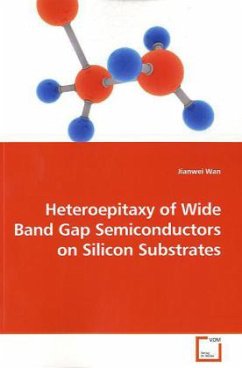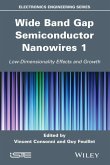The wide band gap semiconductors SiC and GaN have shown great potential for use in high-temperature, high-power and high-frequency electronic devices as well as short-wavelength optical devices. However, the lack of large-area and low-cost substrates hindered their development seriously. Thus, the heteroepitaxy of SiC and GaN on silicon substrates is highly desirable for the Si-based electronic industry. In this study, we investigated the epitaxy of 3C-SiC and hexagonal GaN on silicon substrates and related devices. High quality 3C-SiC epilayers were deposited with trimethylsilane and silane/propane precursors, respectively. Inversion- mode n-channel 3C-SiC MOSFET devices with high channel mobility have been successfully fabricated. For GaN growth, AlGaN/GaN heterostructures were grown on 100 mm diameter Si(111) substrates without cracking using a high-temperature AlN buffer layer and a 3C-SiC buffer layer. In addition, the growth of hexagonal GaN on Si(100) substrates was demonstrated for the first time using a sputtered AlN buffer layer followed by a MOCVD grown AlN buffer layer.








